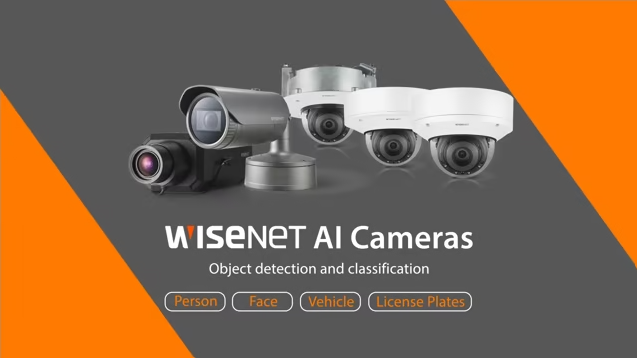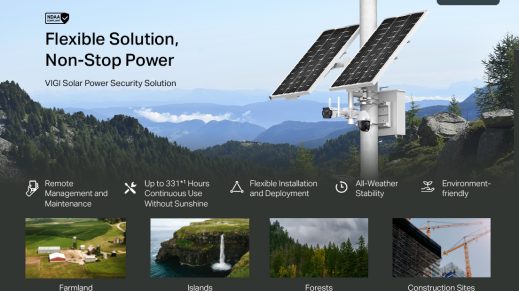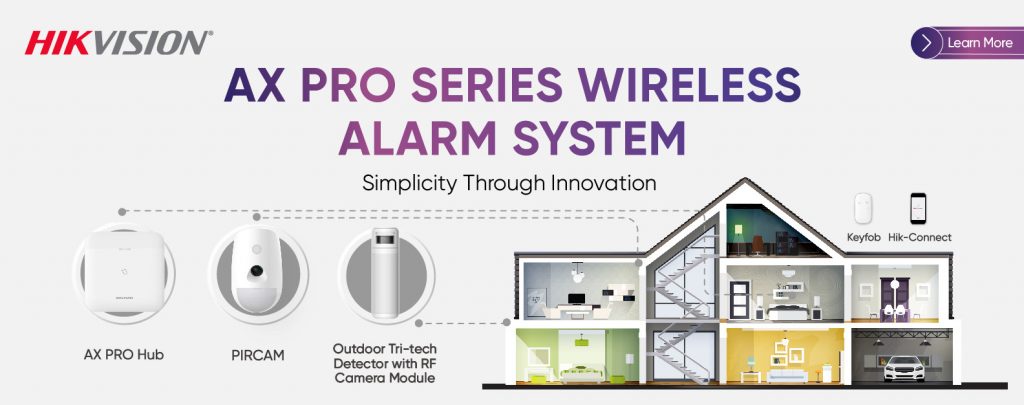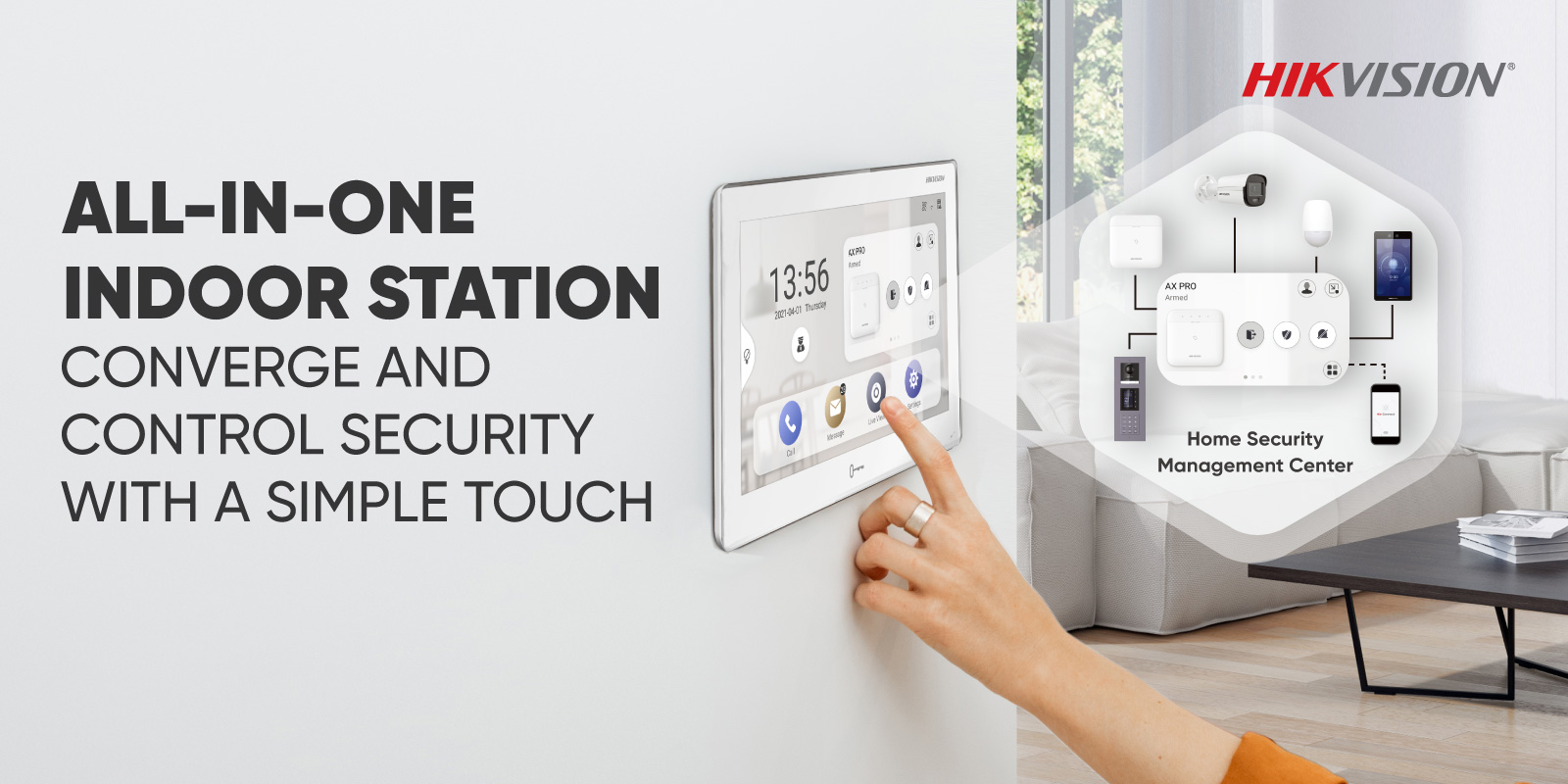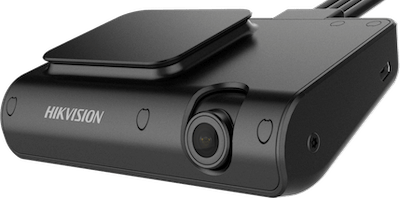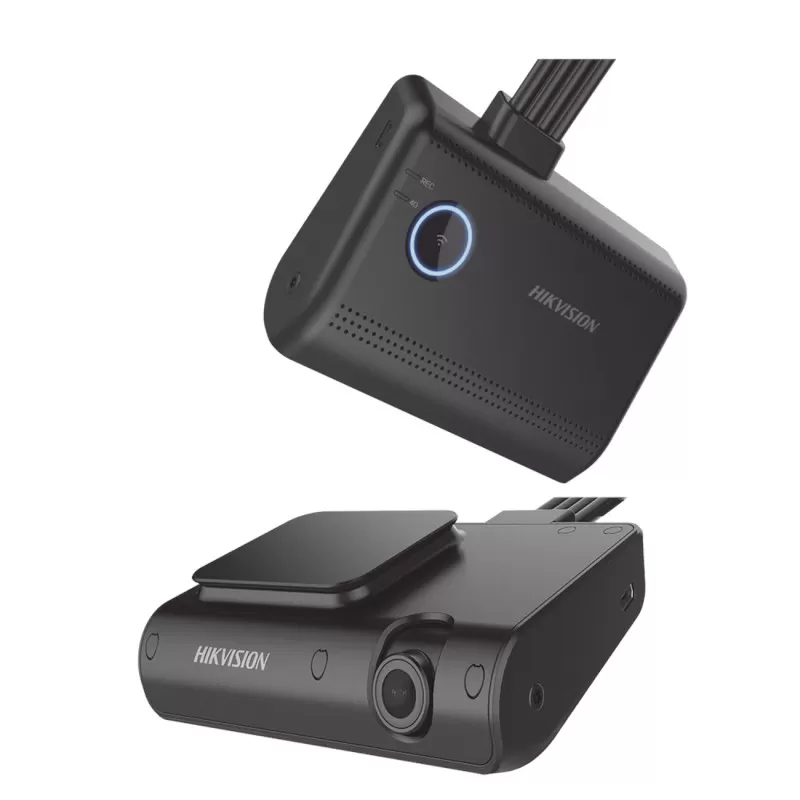No products in the cart.
Designed for professional vehicle monitoring and fleet management, the Hikvision AE-DI2032-G40 captures sharp Full HD (1080p) footage via a 1/2.7″ progressive scan CMOS sensor, with a fixed 2.1 mm lens providing a wide field of view (horizontal 127°, vertical 73°, diagonal 137°).
It supports up to three video channels (one built-in camera and two optional TVI extended channels) and one audio channel. The unit includes built-in WiFi (2.4 GHz) and optional 4G network support for remote connectivity, plus GPS/GLONASS for overlaying speed and positional data.
Storage is via dual TF (microSD) card slots (Class 10 or above recommended) with circular-overwrite functionality — essential for uninterrupted continuous recording in commercial operations. Additional intelligent features include a six-axis G-sensor, built-in gyroscope, and driver status monitoring (DSM) such as fatigue driving and lane departure warnings.
With a compact footprint (123 × 85 × 38.9 mm) and an operating temperature range from –20 °C to +60 °C, it is engineered for demanding vehicle environments. Whether used in trucks, buses, taxis or corporate fleets, this dashcam provides high-quality evidence capture, remote connectivity, and safety-oriented performance.
OPTIONAL driver facing camera – https://www.securitywholesalers.com.au/product/hikvision-ae-vc154t-it-720p-vehicle-mounted-analog-camera-progressive-scan-cmos-ir-shock-proof/
Specifications
| Feature | Specification |
|---|---|
| Image Sensor | 1/2.7″ Progressive-Scan CMOS |
| Lens / Aperture | Fixed focal length 2.1 mm, F2.1 |
| Field of View | Horizontal 127°; Vertical 73°; Diagonal 137° |
| Video Input Channels | 3-channel video input (1 built-in, 2 extensions) |
| Audio Input | 1-channel built-in microphone; speaker output max 1.5 W, ≥70 dB @ 1 m |
| Video Compression | H.265 & H.264 |
| Storage | Dual TF card slots (up to 512 GB each, Class 10 or above) |
| Connectivity | WiFi 2.4 GHz (802.11 b/g/n); GPS + GLONASS; 4G LTE capability |
| Operating Temperature | –20 °C to +60 °C |
| Protection Level | IP4X (not waterproof) |
| Dimensions | 123.0 mm × 85.0 mm × 38.9 mm |
| Weight | Approx. 270 g |
Installer Tips
-
Power wiring – Connect to a stable 12 V or 24 V vehicle power feed capable of handling the dashcam’s start-up draw (10–16 V DC or 20–36 V DC input). Use a fused inline feed and avoid accessory-only feeds if continuous recording is required.
-
Grounding & vibration isolation – Securely ground the dashcam to the vehicle body to minimise electrical noise. Use anti-vibration mounts or a firm bracket to reduce motion blur in heavy-duty vehicles.
-
Optimal mounting position – Mount high on the windscreen behind the rear-view mirror, centred laterally with a clear forward view. Avoid tinted or reflective glass zones that can reduce clarity.
-
Cable routing – Route harnesses cleanly under the headliner, down the A-pillar and under the dash. Avoid tight bends and keep the WiFi/antenna clear of high-current wiring to reduce interference.
-
TF card setup – Use two high-quality Class 10 microSD cards (up to 512 GB each). Format both in the device before first use to ensure proper operation and overwrite behaviour.
-
Firmware & configuration – After powering up, update to the latest firmware for stability. Configure via the app or web interface: enable GPS overlay, set loop recording intervals, and create a secure WiFi password.
-
Calibration & testing – Perform a short drive test to confirm GPS tracking, time/date accuracy, WiFi operation and (if fitted) 4G connectivity. Adjust the view angle using the live preview.
-
Driver-safety features – If using DSM/ADAS functions, verify that fatigue and lane-departure alerts trigger properly. Adjust sensitivity in the configuration menu as needed.
-
Thermal management – Ensure airflow around the unit. Avoid mounting directly beneath the sun visor or behind dark tint in high-temperature environments.
-
Maintenance – Periodically check SD card health and free space. Clean the lens regularly and update firmware as new releases become available.
-
Compliance & data protection – Ensure fleet recording meets local privacy laws. Protect stored footage and WiFi access with strong passwords and user access controls.











